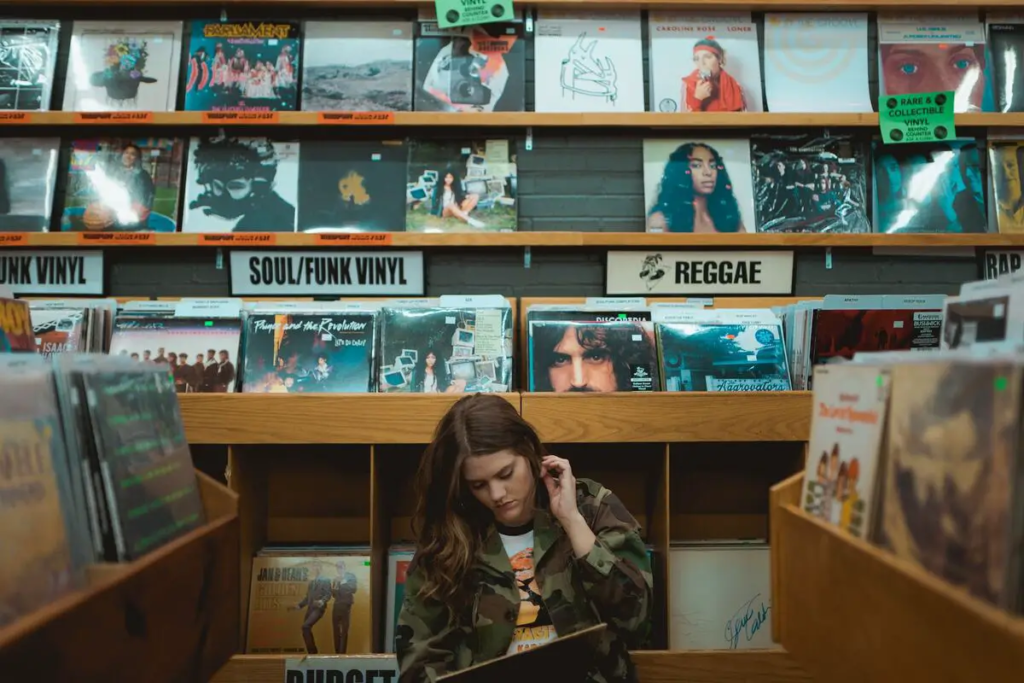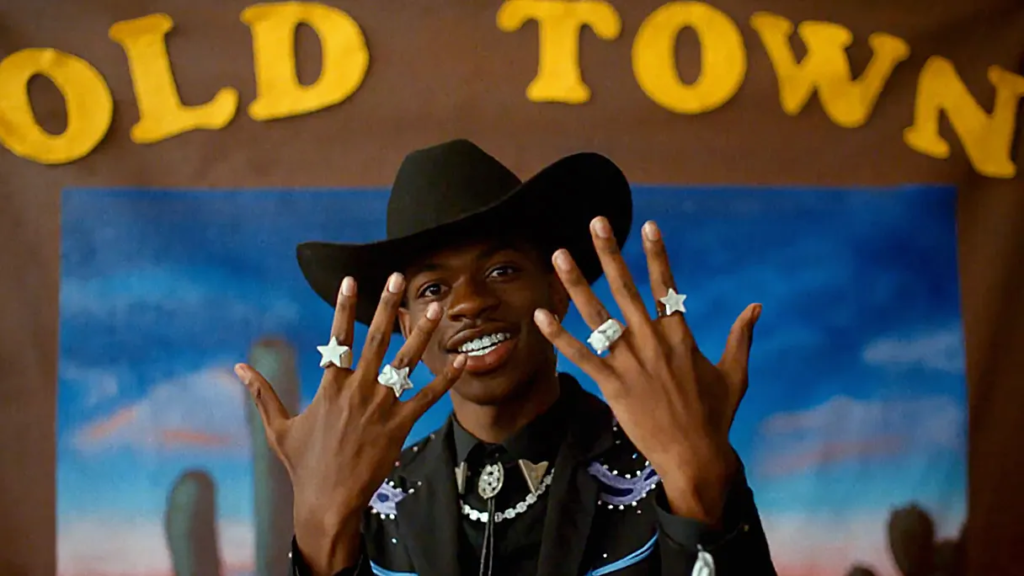
Introduction to Genre Blending in Music
Music has always been a reflection of culture, emotion, and innovation. As we move deeper into the 21st century, we are witnessing an exciting transformation in how artists express themselves through sound. Gone are the days when genres strictly d aefined musical boundaries. Today, genre blending is at the forefront of modern music, creating a vibrant tapestry that captures diverse influences and styles.
From hip-hop to electronic dance music (EDM), pop to rock, musicians are effortlessly fusing elements from various genres to create something truly unique. This evolution not only showcases creativity but also speaks volumes about our interconnected world. Listeners crave freshness and originality; they want tracks that surprise them while resonating on multiple levels.
As you dive into this exploration of genre blending in contemporary music, prepare to discover its history, notable examples, impacts on the industry, and what lies ahead for this thrilling trend in musical evolution. Whether you’re a casual listener or an avid fan of cross-genre sounds, there’s no denying that hybrid genres are shaping the future of music innovation like never before.
History and Evolution of Genre Blending
Genre blending has deep roots in music history. From early jazz improvisation to the rebellious spirit of rock and roll, artists have always sought new ways to express themselves.
The 1960s were pivotal. Psychedelic rock infused elements from folk, blues, and even Indian classical music. This era ignited a creative spark that led to countless hybrid genres.
As technology advanced, so did musical experimentation. The rise of electronic instruments in the late 20th century opened doors for innovative sounds and cross-genre collaborations.
In recent decades, hip-hop emerged as a significant force in genre mashups. It seamlessly married beats with influences from pop, R&B, and reggae.
Today’s artists continue this legacy. They draw inspiration from diverse styles worldwide, creating fresh sounds that defy traditional boundaries while captivating global audiences.
Popular Examples of Genre Blending in Modern Music

One of the standout examples of genre blending is Billie Eilish. Her music effortlessly fuses pop, electronic, and alternative elements. Tracks like “bad guy” showcase a unique sound that defies traditional categorization.
Another notable artist is Lil Nas X. His hit “Old Town Road” brilliantly combines country and hip-hop, sparking debates about musical boundaries. This track became an anthem for genre mashups across various platforms.
Then there’s Lizzo, who infuses her rap with soul and pop influences, creating uplifting anthems that resonate widely. Songs such as “Juice” highlight this innovative blend.
We can’t forget Post Malone. He seamlessly melds rock, hip-hop, and pop in tracks like “Circles.” Each release pushes the envelope on what contemporary music can be while attracting diverse audiences.
Impact on the Music Industry
The rise of genre blending has reshaped the music industry in profound ways. Artists now feel empowered to experiment, mixing elements from various styles to create unique sounds that resonate with broader audiences. This shift fosters creativity and innovation.
Record labels are adapting, seeking out diverse talents who defy traditional categorizations. Hybrid genres have become marketable, leading to fresh promotional strategies and marketing campaigns tailored for cross-genre appeal.
Streaming platforms play a crucial role too. They allow listeners easy access to an eclectic mix of music, breaking down barriers between genres. Playlists featuring genre mashups often garner millions of streams.
Moreover, collaborations across different musical backgrounds enhance exposure for artists while enriching the listening experience for fans. As boundaries blur, the potential for artistic growth expands endlessly within contemporary music landscapes.
The Role of Technology in Facilitating Genre Blending

Technology has revolutionized how artists create and share music. Digital audio workstations, software synths, and virtual instruments have made it easier than ever to experiment with sounds from different genres.
Musicians can now access a vast library of samples and loops across various styles. This accessibility fuels creativity, encouraging cross-genre experimentation that wasn’t possible in the past.
Streaming platforms also play a crucial role by exposing listeners to hybrid genres they might not have encountered otherwise. Playlists often mix tracks from various musical backgrounds, promoting genre mashups among fans.
Social media allows artists to collaborate globally without geographical boundaries. Musicians can easily connect with others who share their vision for innovative soundscapes.
As technology continues to advance, we can expect even more fluidity between genres. The lines defining traditional music categories are blurring faster than ever before.
Criticisms and Controversies Surrounding Genre Blending
Genre blending, while celebrated by many, has its fair share of critics. Detractors argue that it dilutes the essence of traditional genres. Purists often feel that mixing styles can lead to a loss of authenticity.
Some musicians express frustration over the commercialization of cross-genre music. They believe this trend prioritizes marketability over artistic expression. The quest for hybrid sounds sometimes feels like a formulaic approach rather than organic creativity.
Additionally, genre mashups can spark debates about cultural appropriation. When artists borrow elements from various cultures without proper acknowledgment, it raises ethical questions. Fans and critics alike ponder whether these blends enrich or exploit original art forms.
Confusion in categorization is another concern within music circles. As hybrid genres gain traction, listeners struggle to define what constitutes each style. This ambiguity may alienate those who prefer clear distinctions in their musical experiences.
The Future of Genre Blending in Music
The future of genre blending in music looks incredibly promising. As artists continue to explore their creative boundaries, we can expect even more innovative sounds that defy traditional categorizations.
With the rise of digital platforms, collaborations across genres are becoming effortless. Musicians from diverse backgrounds can connect and create unique soundscapes that resonate with a wider audience.
As artificial intelligence evolves, it will likely play a role in shaping musical fusion. Imagine algorithms suggesting cross-genre combinations based on listener preferences or cultural trends.
Live performances may also transform as artists blend genres on stage. This interactivity could lead to spontaneous mashups that keep audiences engaged and excited.
Listeners are craving fresh experiences, pushing musicians to experiment further than ever before. The next wave of contemporary music promises boundless creativity through hybrid genres and unexpected collaborations.

Conclusion
The evolution of genre blending in modern music reflects a dynamic and ever-changing landscape. As artists continue to experiment with sounds, boundaries blur and new musical identities emerge. This innovation drives the exploration of hybrid genres, appealing to diverse audiences and breaking traditional molds.
Technology plays an essential role in this shift, creating opportunities for collaboration across various styles. The accessibility of digital tools allows musicians from different backgrounds to connect and create unique cross-genre music experiences.
While genre blending raises questions about authenticity and commercialism, it undeniably enriches the musical tapestry we experience today. Listeners are drawn to these genre mashups that resonate emotionally while challenging conventional norms.
As we look ahead, it’s clear that the spirit of musical fusion will only grow stronger. Genre-blending is not just a passing trend; it signals a significant transformation in how we perceive music itself. Embracing this diversity fosters creativity and encourages us all to explore the many facets of contemporary soundscapes.
Music continues its evolution as artists push boundaries and defy expectations, inviting us into their imaginative worlds where anything is possible through sound.
For more such content, keep visiting QAWire
